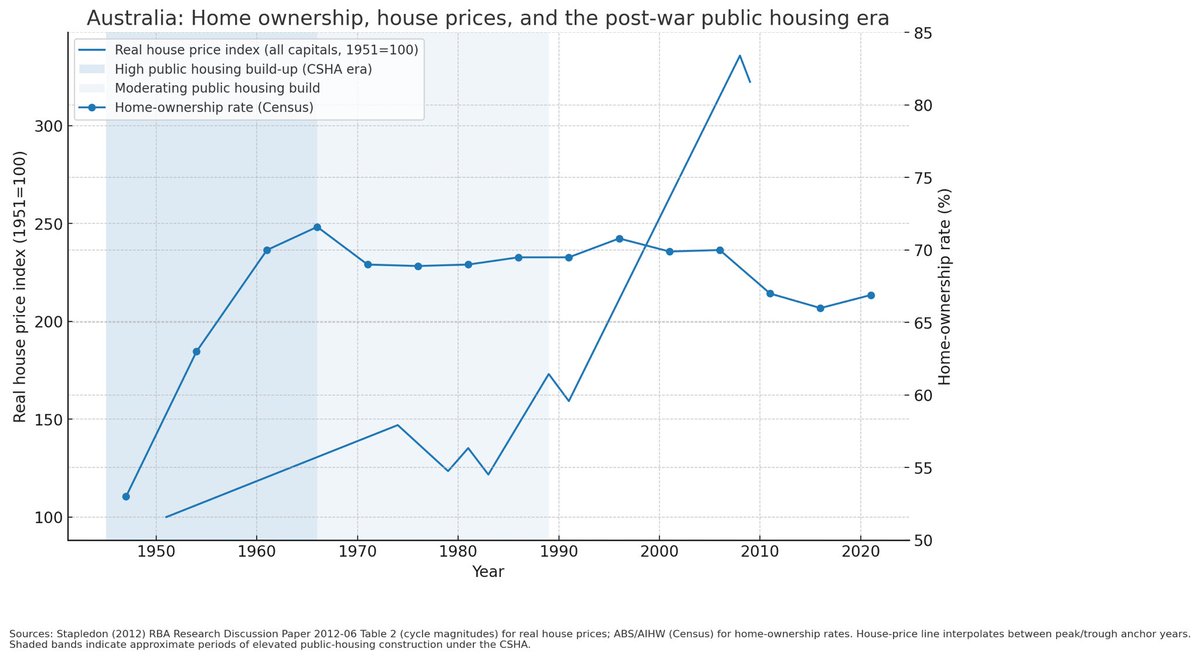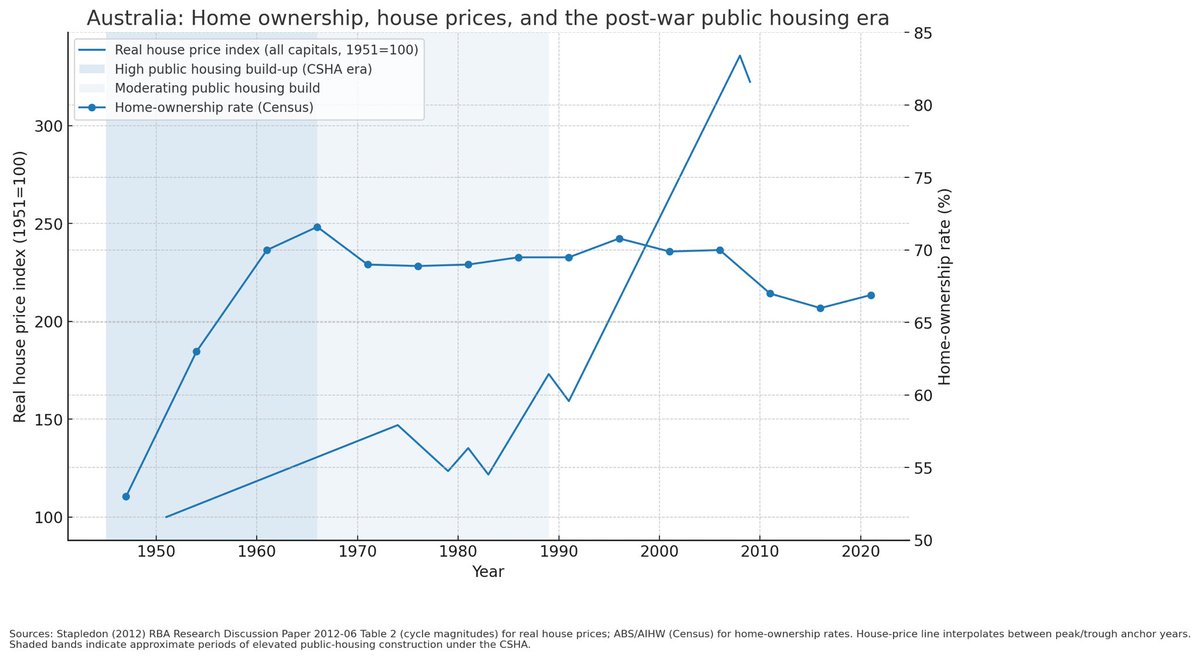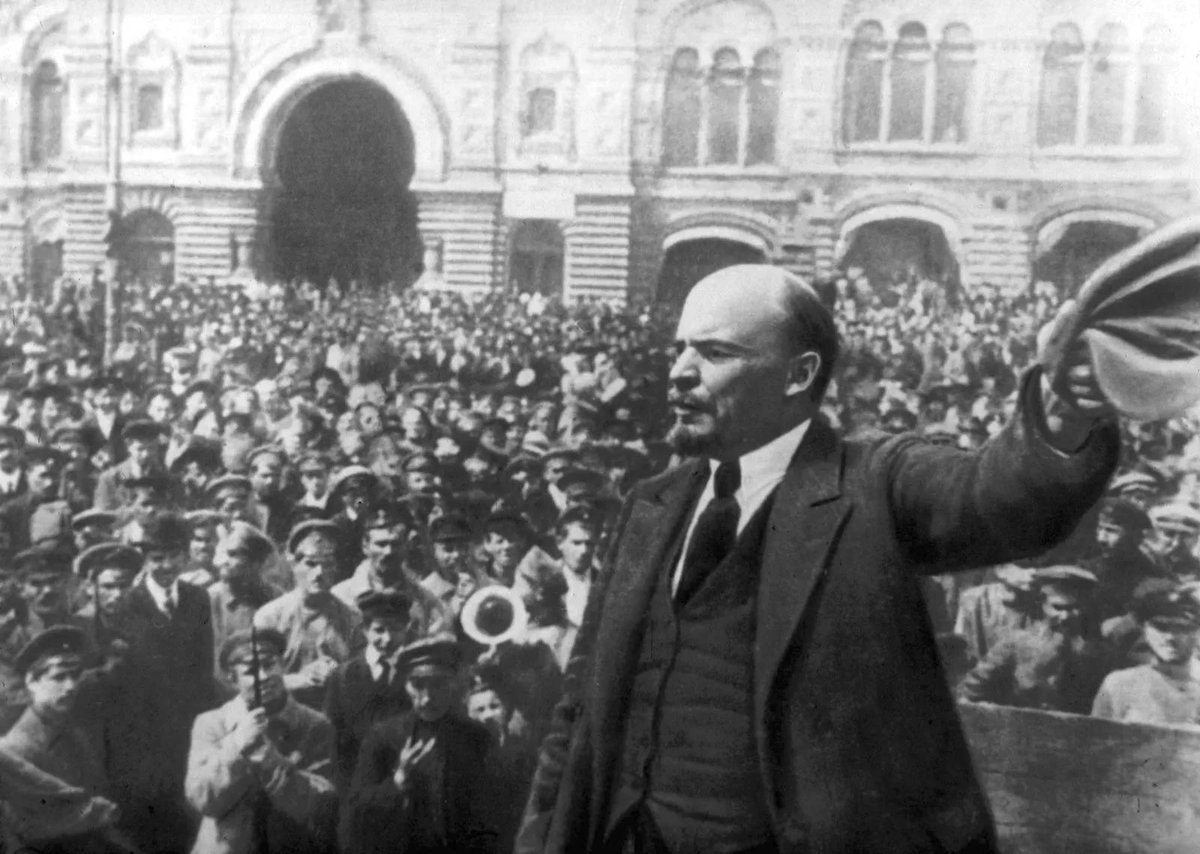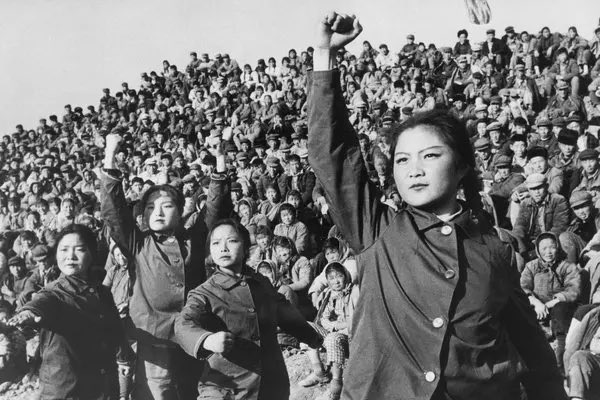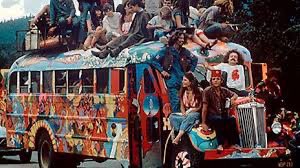I’m not sure ‘people alive and healthy’ could be bettered as a mission statement for a society. Look at this excess deaths graph (thanks @KarenCutter4) and try to isolate what it was we stopped doing in 2020/21, that we started doing again in 2022. /1 #auspol #covid19aus 
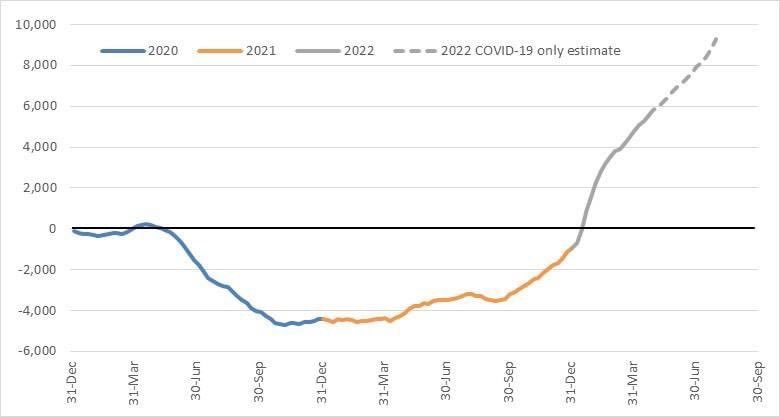
My hunch is the dominant answer would be ‘we stopped functioning as an economy and this surge of good health was unsustainable, funded by government debt’. Unfortunately facts get in the way of that good story. Yes a big dip right at the start of the pandemic, but growth then…/2 

…easily surpassing what we had *before* the pandemic. And this during two years of what idiots call our ‘lockdown’, when the economy was apparently under mortal threat. Remember this schematic, all that white space where we weren’t ’locked down’? Lockdowns were only needed…/3 

…in that late-2021 stage when NSW and National Cabinet began lifting protections mid-pandemic. (The initial national lockdown was so effective it created all that white space afterwards.) Not only were people the healthiest they’d ever been, our ‘economy’ was smashing out…/4 

…GDP in a way we could only have dreamed of pre-pandemic. So what happened in 2020-21 that we should bottle, rinse and repeat? We redistributed wealth. Out of the rarefied air of the top 1% of society, and back into the hands of ordinary working people. /5 

It made society as a whole *drum roll* healthier and wealthier. After decades of siphoning off public investment to hand over to lobbyists, forcing those same ordinary people to take on astronomical personal debt to keep society running, suddenly the Treasury was used…/6 

…to fund ordinary people. And look at the results. You can buy the propaganda that ‘opening up’ to Covid from late-2021 was about rescuing the economy. The economy was doing great, we weren’t ‘locked down’. It was about stemming the flow of public funds, to the public. /7
All politics is always about this. The battle between working people and the people who employ them. Right now the employers are back in charge, and we’re all crammed into infection-infested workplaces on our pathetic, stagnant wages. When they and their political reps say:…/8
…’we can’t go back to lockdowns’, remember:
1) we weren’t locked down, for most of 2020-21, and
2) the ‘we’ they mean is themselves. Not us, who did very well out of public health action, thank you.
I see many confused that the obvious disaster of ‘live with the virus’…/9
1) we weren’t locked down, for most of 2020-21, and
2) the ‘we’ they mean is themselves. Not us, who did very well out of public health action, thank you.
I see many confused that the obvious disaster of ‘live with the virus’…/9
…still manages to win the day, despite all the evidence it’s not working. But for the people who introduced it, it is working. This was always about restoring who’s in charge. About who gets the keys to the Treasury. Workers have never been allowed to have those. /end
• • •
Missing some Tweet in this thread? You can try to
force a refresh


